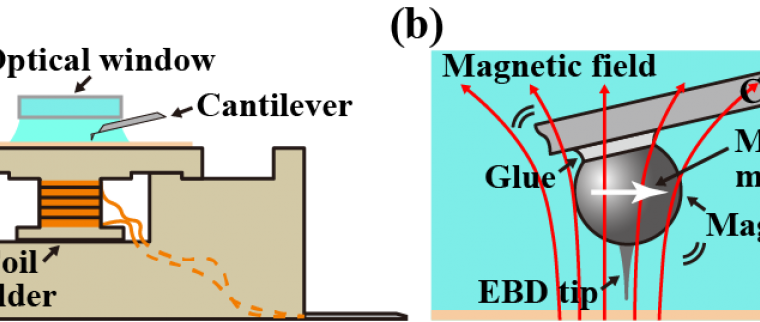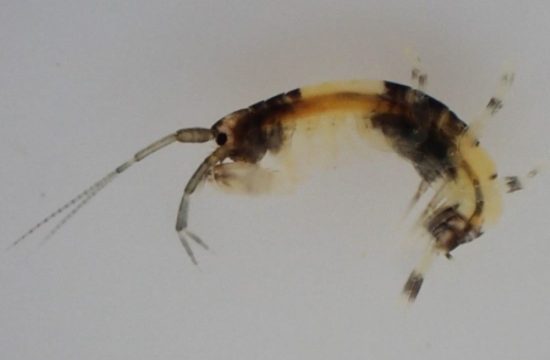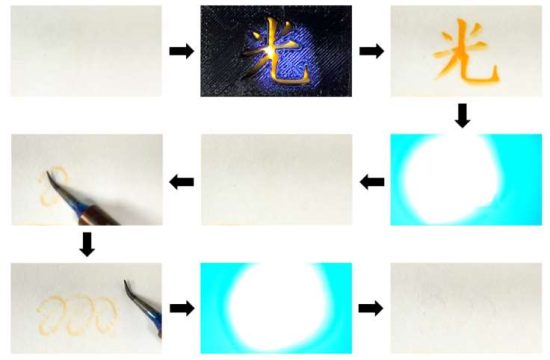
Researcher at Kanazawa University demonstrates atomic force microscopy imaging that gets around the challenges of exciting very small cantilevers at their high megahertz resonance frequencies.
The approach accomadates wide frequency bandwiths, and is applicable for photosensitive materials in a wide range of liquids according to scientific reports.
Atomic force microscopy (AFM) brought the atomic scale imaging resolution of scanning tunnelling microscopy, a technique that won the Nobel Prize in Physics, to non-conducting surfaces. However, limitations remain when trying to use the technique at its most sensitive with photosensitive samples in liquids.
Kanazawa University researchers show how to overcome these constraints, by driving a cantilever a few micrometres in size at megahertz frequencies with stability and control in liquid and without potentially exposing the sample to light.
Atomic force microscopes monitor the forces at play between a surface and a tip attached to a cantilever to extract information about the surface topography and composition.
By oscillating the cantilever over the surface instead of dragging it the strength of interactions with the cantilever and tip can be inferred from changes in the oscillation amplitude or resonant frequency without damaging the surface.
Usually a piezo actuator generates an acoustic wave that drives the cantilever to oscillate at its resonance frequency. However, this approach is prone to spurious contributions to the resonance from the components of the device linking the actuator to the cantilever.
The impact of these effects is greater for the most sensitive cantilevers, which are small and have high megahertz resonance frequencies. Alternatives are photothermal, electrostatic or electrostrictive cantilever excitation, but if the material under study is photosensitive or kept in an electrochemically active liquid, these too have drawbacks. Instead Takeshi Fukuma and colleagues at Kanazawa University followed up with a magnetic excitation approach.
They investigated how to implement their approach with three makes of cantilever, which they customized by adding a magnetic bead decorated with a carbon nanoscale tip. They then applied an alternating magnetic field by feeding an a.c. current into a tiny solenoid made from a 0.2 mm diameter wire wound around a 3 mm diameter cylinder.
Although other groups have previously demonstrated dynamic AFM driven by magnetic excitation, the approach once again runs into problems for small cantilevers.
The feedback loop to handle the circuit latency and compensate for the frequency-dependent impedance so that the device covers a wide frequency bandwidth does not work so well at high frequencies.
Instead the researchers designed an open loop differential circuit that feeds in a complex coil voltage proportional to the frequency and input voltage.
To demonstrate the applicability of their approach they measured cantilever resonance curves and the atomic scale topography of a mica surface in phosphate buffered saline solution with various customized cantilevers including those with a megahertz-order resonance frequency.








